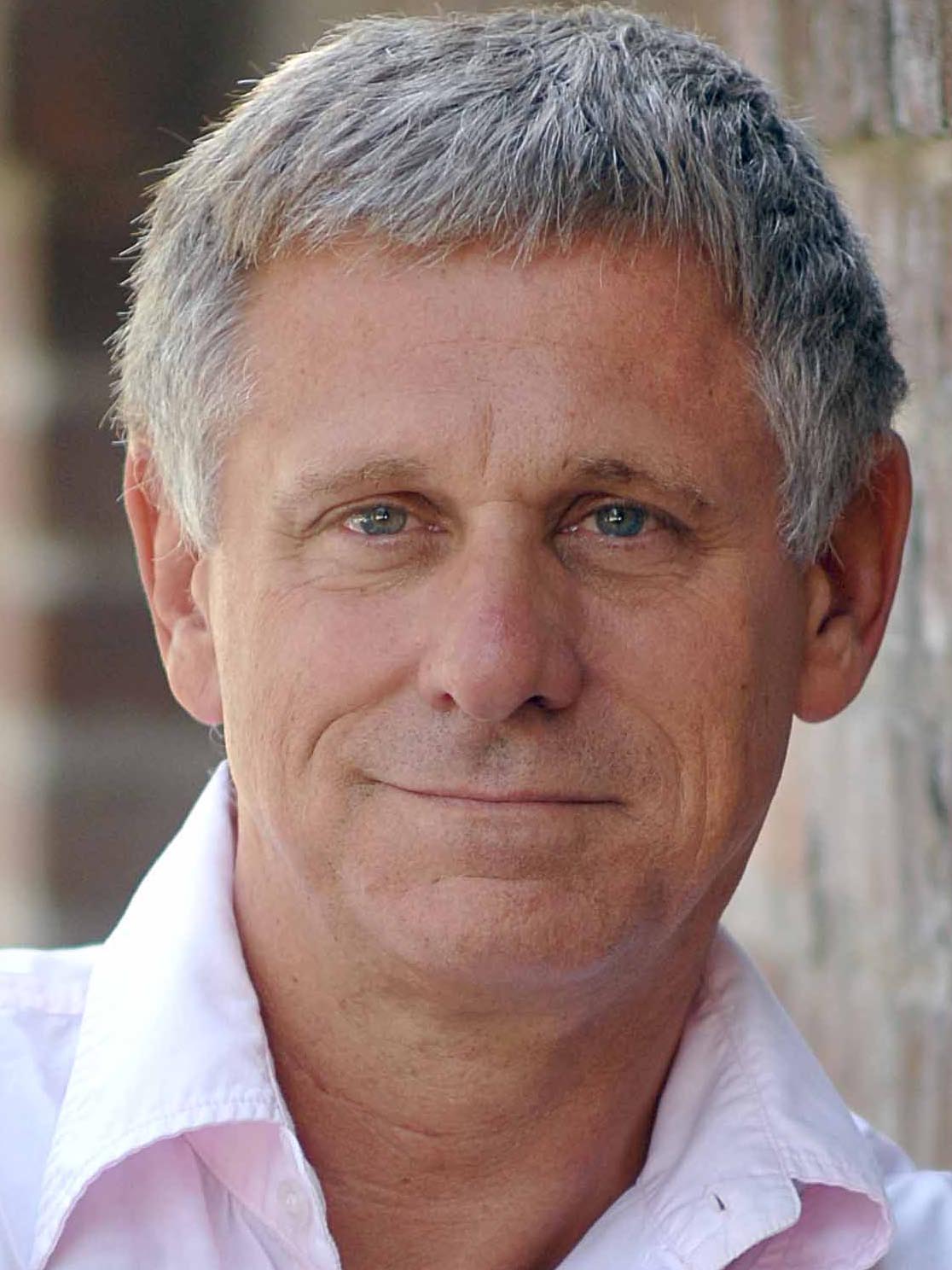A new Toy Story movie. A new Taylor Swift album. A new British Prime Minister. There’s not a ton of superficial differences between 2010 and today. Yet in the last decade, scientists and doctors have made an incredible amount of discoveries and advances, finding new cures and treatments and tirelessly progressing medicine while researching areas like genes and stem cells. Before the dawn of the new decade, The Remedy asked the country’s top doctors to select the most impactful medical discoveries of the last one.
We’ve Developed Targeted Cancer Therapies
Melanoma is one of the deadliest skin cancers because it spreads aggressively, and metastatic melanoma has a poor prognosis, resisting chemotherapy. “Fortunately, the landmark discovery of activating mutations in the cancer gene called BRAF–present in up to half of all melanomas and responsible for unrestrained cell proliferation–has allowed the development of several targeted therapies specifically aimed at suppressing this mode of tumor growth,” says Peterson Pierre, MD, board-certified specialist in dermatology and cosmetic dermatology at the Pierre Skin Care Institute in Thousand Oaks, CA. “In addition, advances in immunotherapy–antibodies that are targeted directly at melanoma–have revolutionized the treatment landscape for metastatic, recurrent and late-stage melanoma. Similar discoveries are occurring for many different types of cancer.”
The Human Genome Project is Paying Off
“Scientists have completed sequencing of the human genome, meaning they have established the order of the more than three billion letters in all the genes that make up our DNA,” says Dr. Pierre. “Gene sequencing has helped researchers identify single genes that cause diseases which, in turn, leads to better treatments, such as curing sickle cell disease, building new skin for a patient with a connective tissue disorder, restoring sight in patients with eye diseases, and addressing hemophilia. Scientists are now working on the Human Microbiome Project to better understand the complex bacteria that live in and on our bodies.”
Stem Cell Research Advances
“There certainly has been a lot of potential promise in this area of medicine but also a lot of controversy and with good reason,” says Dr. Pierre. “The ability to cure diseases is quite fascinating, but the source of the stem cells raised moral and ethical concerns. Now that we have the ability to transform skin cells into embryonic-like stem cells, the moral dilemma has been somewhat addressed and we can focus on the possibility of regenerative medicine, the ability to grow new tissue to replace damaged or defective ones.”
We’ve Nearly Obliterated Polio
“In 2018, the World Health Organization announced that only 33 people worldwide are now afflicted with polio, an illness that mostly affects children,” says Dr. Pierre. “That’s quite an improvement over the 350,000 cases reported in 1988. Lots of work, however, remains to be done to completely eradicate the disease.”



